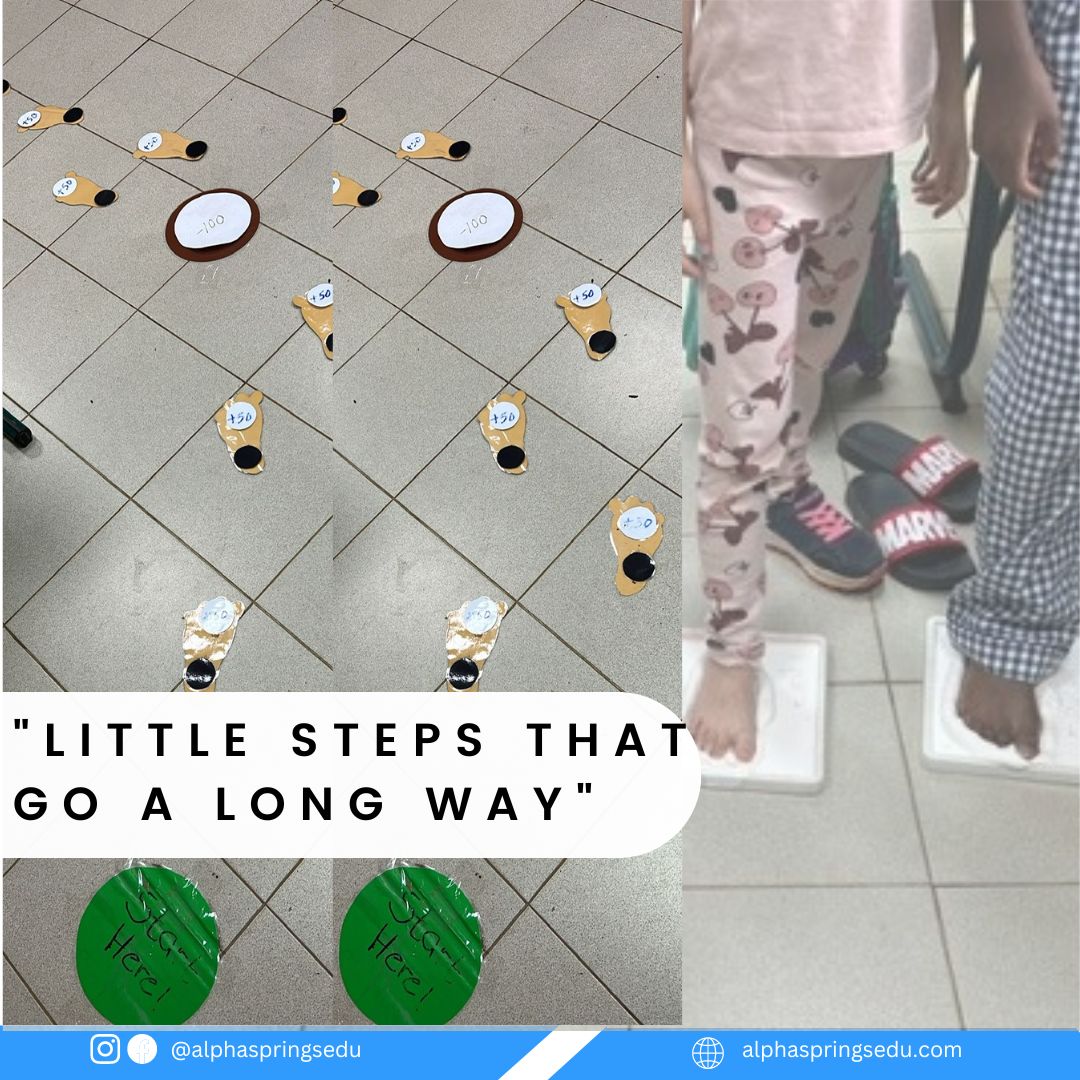Remember trying to teach your child a principle or a concept?
What happened?
Maybe it went something like this ..
You: “Don’t you get it? It’s so easy!
Child: “Well, if you would show me how, we wouldn’t be having this conversation!” This sounds like something they might say if they could share their thoughts without being reprimanded.
What happens at school?
One day, a student said to another, “Don’t you get it? It’s so easy!” And the sharp response was “No it isn’t! You think you’re so smart! Here – show me how!”
Hmmm! Might this student be talking to you and me as well? I paid attention to the conversation because in class everyone is a student and that includes teachers.
Children can talk back to peers and express themselves in interesting ways. But what if they could do the same to their parents and teachers – what do you think they would say when told “Don’t you get it? It’s so easy!”?
Step 1: Be Cautious of Assumptions
- Don’t assume they see what you see
- Don’t assume they know what you know
- Don’t assume they hear or understand what you say
- Don’t assume you understand them
Meeting the needs of every child at home, at school or in the classroom is never easy, but being mindful of your ‘assumptions’ can be a good place to start. Then finding out where the child is at could go a long way to promoting learning opportunities. It might require you going on your knees, getting creative and getting your hands dirty.
Getting creative?
That’s how the “Little Steps That Go Along Way” came into the picture (see the photo on the heading with footprints). Students needed opportunities to explore and experience math concepts. Now, we don’t only talk about math in class: we play, explore and experience math. It doesn’t end there, we use the footprints to connect to other subject areas – literacy, reading, spelling, science, geography, history … and much more.
I made the footprints to help students visualize and engage with math concepts consciously and unconsciously. Research continues to support and demonstrate the many benefits of showing than telling in promoting effective learning environments.
Such findings are not only beneficial to education. They cut across other industries and it is a general believe that the route to building team loyalty in the work place is not in much talk but much of doing. According to Jill Griffin “If you walk the walk, [not talk the talk] they will walk with you.”
Step 2: Show More Tell Less
- Remember every learner is unique
- Be prepared to go down to their level
- Be prepared to get your hands and feet a little dirty
- Be ever ready to be a teacher and a student
Benefits of showing more and telling less
- Learners become part of the experience
- Learners come to their own conclusion
- Helps students become independent learners
- Develop self-confidence, persistence and leadership abilities
Takeaway!
Join the fun! Learn, show more and tell less. Why? “Like exercise, hands-on learning can clear the road for more learning because it gives the brain a break, relieves stress, and improves mental clarity.
Read More
Do you think your child can benefit from learning support or academic advising? Book a free consultation. We are happy to discuss with you and guide you through the process. We help remove the stress so your child gets on with learning.

